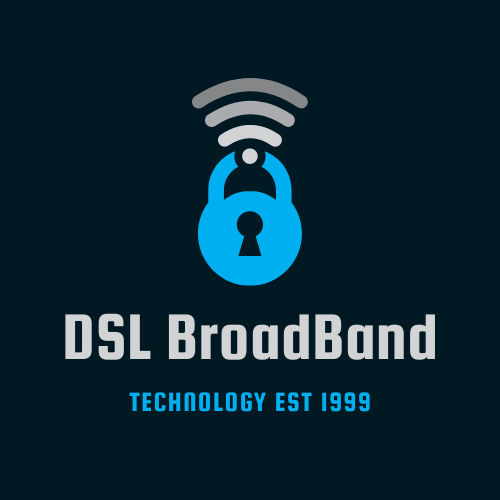Introduction
Welcome to the exciting world of lightning-fast connectivity! In today’s digital age, having a reliable and high-speed broadband connection is crucial for seamless online experiences. Whether you are working remotely, streaming your favorite movies, or engaging in online gaming, optimizing your broadband speeds can make a world of difference.
Join us as we explore different types of broadband connections and share valuable tips on how to maximize your internet speeds.
Understanding Broadband Connections
Broadband connections come in various forms, each with its own advantages and considerations. From DSL and cable to fiber optics and satellite, it’s important to understand the different options available to you.
DSL, or Digital Subscriber Line, is a common type of broadband connection that uses existing telephone lines to transmit data. While DSL offers affordable prices, it may have limitations in terms of speed and availability.
Cable broadband, on the other hand, utilizes cable television infrastructure to provide internet connectivity. With faster speeds than DSL, cable broadband is widely available in urban areas but may experience congestion during peak usage times.
Fiber optics, the newest and most advanced type of broadband connection, uses thin strands of glass or plastic to transmit data as pulses of light. Offering lightning-fast speeds and low latency, fiber optics is ideal for bandwidth-intensive activities such as streaming 4K videos or online gaming.
Satellite broadband is an option for those living in rural or remote areas where traditional wired connections may not be available. While satellite broadband provides wider coverage, it can be more expensive and may have limitations due to weather conditions or latency.
Tips to Optimize Your Broadband Speeds
Now that you have a better understanding of the different broadband connections, let’s explore some practical tips to optimize your internet speeds:
- Upgrade Your Router: An outdated router can limit your internet speeds. Consider upgrading to a modern router that supports the latest Wi-Fi standards for faster and more reliable connections.
- Reduce Interference: Wi-Fi signals can be affected by interference from other devices. Keep your router away from electronic appliances and minimize obstacles between your device and the router for better signal strength.
- Secure Your Network: Unauthorized users can slow down your internet speeds. Set a strong password for your Wi-Fi network to prevent unauthorized access and bandwidth hogging.
- Keep Your Software Updated: Outdated software can cause performance issues. Regularly update your operating system, web browser, and security software to ensure optimal performance.
- Connect via Ethernet: If you require the fastest and most stable connection, consider connecting your device directly to the router using an Ethernet cable.
By implementing these tips, you can unlock the full potential of your broadband connection and enjoy lightning-fast speeds for all your online activities.
Conclusion
As technology continues to evolve, having a fast and reliable broadband connection is essential. By understanding the different types of broadband connections and optimizing your internet speeds, you can stay connected and empowered in the digital age.
Remember, whether you’re streaming your favorite shows, video conferencing with colleagues, or exploring new online opportunities, lightning-fast connectivity awaits you.

